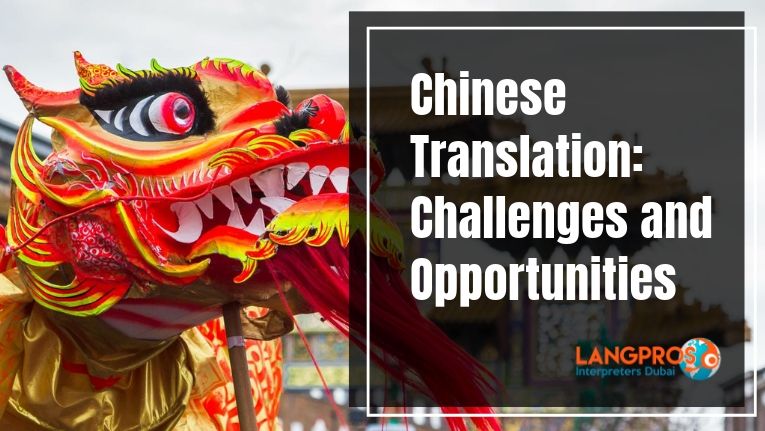China is an ever-expanding market. The country population is equivalent to a stunning 18.41 percent of the total word population, and the estimated GDP for 2019 is $14.2 trillion.
China is also investing more and more in the UAE, with an expected increase rate of 70% in 2019 for the real estate market.
Thanks to the strengthening of the Sino-UAE ties and the implementation of the Belt&Road initiative, Chinese tourism in the UAE is also growing, with a 11% increase in visitors.
The UAE also welcomes around 230,000 Chinese expats, 53% more than 5 years ago.
It is no wonder that every company facing the global market is interested in creating quality content for marketing and advertising their products and services to a Chinese audience.
But the features of the Chinese language require special care to effectively convey the right message to potential customers. Let’s see together why:
The Chinese Language(s)
Chinese is best defined as a group of language varieties of the Sino-tibetan family. Although there are many spoken varieties of Chinese, such as Mandarin and Cantonese, the most widespread internationally is the Standard Chinese, also known as Standard Mandarin, the sole official language of the People’s Republic of China. Traditional or Simplified Chinese on the other hand refer to the Chinese writing system.
Standard Chinese presents many pitfalls for foreign speakers, both in the written and oral form: as for the writing, it counts over 80,000 unique characters, each one with their unique meaning and pronunciation. Moreover, Mandarin is a tonal language. That is to say that the meaning of a word is determined by the pitch of its pronunciation, and the same letters can have very different meanings. The most infamous example is 妈 mā for mother versus 马 mǎ for horse!
Another challenge for foreigners is the vagueness of Chinese compared to other languages. If the original writer wants it, Chinese characters can be very vague and need the interpretation of the reader relying on context.
The Pitfalls of Chinese Translation
Because of the vagueness of Standard Mandarin Chinese, translators have to infer from the context, the voice of the author, and the target audience the best way to convey a message from Chinese into another language.
Moreover, Chinese language, culture, and traditions are closely intertwined. This is why translators need to put special attention into creating content for the Chinese market. Not doing so could result in embarrassing mistakes, and a harmful message for the company.
Another tricky subject is the difference between the regional varieties of Mandarin. Even if it is the official language, different audiences resonate better with content that is fine-tuned to their language environment, and only expert Chinese translators and copywriters have the necessary cultural awareness and sensibility to provide this kind of content.
Langpros Chinese Translation and Interpreting Services
At Langpros we offer translation and interpreting services in Chinese for every industry, from real estate, to legal, marketing, fashion, technical translations and much more.
Our Chinese linguists will provide you and your organization with native-level high-quality content, helping your business thrive on the flourishing Chinese Market.
